
What is My Birthstone: Unveiling Your Gemstone by Month
Birthstones are gemstones that are traditionally associated with each month of the year. They carry significant symbolism and are believed to bring good luck to the wearer. As someone born in October, the opal is designated as my birthstone. This gemstone is reputed to have a duty to protect its wearer, and its luminous play-of-color can include a broad spectrum of hues from within the same stone.
The concept of birthstones has historical roots, with the idea tracing back to ancient civilizations. They believed that gemstones held power and that wearing the stone corresponding to your birth month could enhance this power. For example, sapphires, my birthstone if I were a September-born individual, are often associated with wisdom and nobility and are believed to protect one from envy and harm.
In the modern context, birthstones have maintained their allure and are frequently sought after for inclusion in jewelry. People often choose rings, necklaces, and bracelets adorned with their personal birthstones as a way to personalize their accessories or give a meaningful gift. The custom continues to be a cherished part of contemporary culture, with each stone signifying a piece of the personal identity of the individual who wears it.
Birthstone Basics
Birthstones are gemstones associated with the month of someone's birth, each holding unique meaning and historical significance. They are often used in jewelry for personal expression and sentimental value.
Definition and Significance
A birthstone is a gemstone that represents a person's birth month. Each stone carries its own significance, believed to bring good luck and health. People have attributed special powers to birthstones for centuries, and they are often worn as jewelry.
Birthstones by Month
The following list presents the traditional birthstones associated with each month:
- January: Garnet – Known for its rich, deep red color, believed to bring constancy and loyalty.
- February: Amethyst – A purple gemstone thought to strengthen relationships and provide courage.
- March: Aquamarine – With its light blue hues, it's said to soothe and calm, symbolizing serenity.
- April: Diamond – The hardest gemstone, diamonds represent enduring strength and are a token of everlasting love.
- May: Emerald – Valued for their vibrant green, emeralds are associated with fertility and rebirth.
- June: Pearl or Alexandrite – Pearls symbolize purity, whereas alexandrite changes color and is associated with balance.
- July: Ruby – A stone of love and passion, ruby's deep red is said to protect its wearer.
- August: Peridot – This light green stone is associated with protection and the healing of relationships.
- September: Sapphire – Traditionally blue, sapphires signify wisdom and purity.
- October: Opal or Tourmaline – Opal is known for its unique play of colors, and tourmaline is believed to foster creativity.
- November: Topaz or Citrine – Topaz comes in various colors but is famed for its golden hue, symbolizing strength and intellect, whereas citrine is prized for its calming energies.
- December: Turquoise, Tanzanite, or Zircon – These stones are typically blue to violet and are thought to bring success and good fortune.
Historical Origins
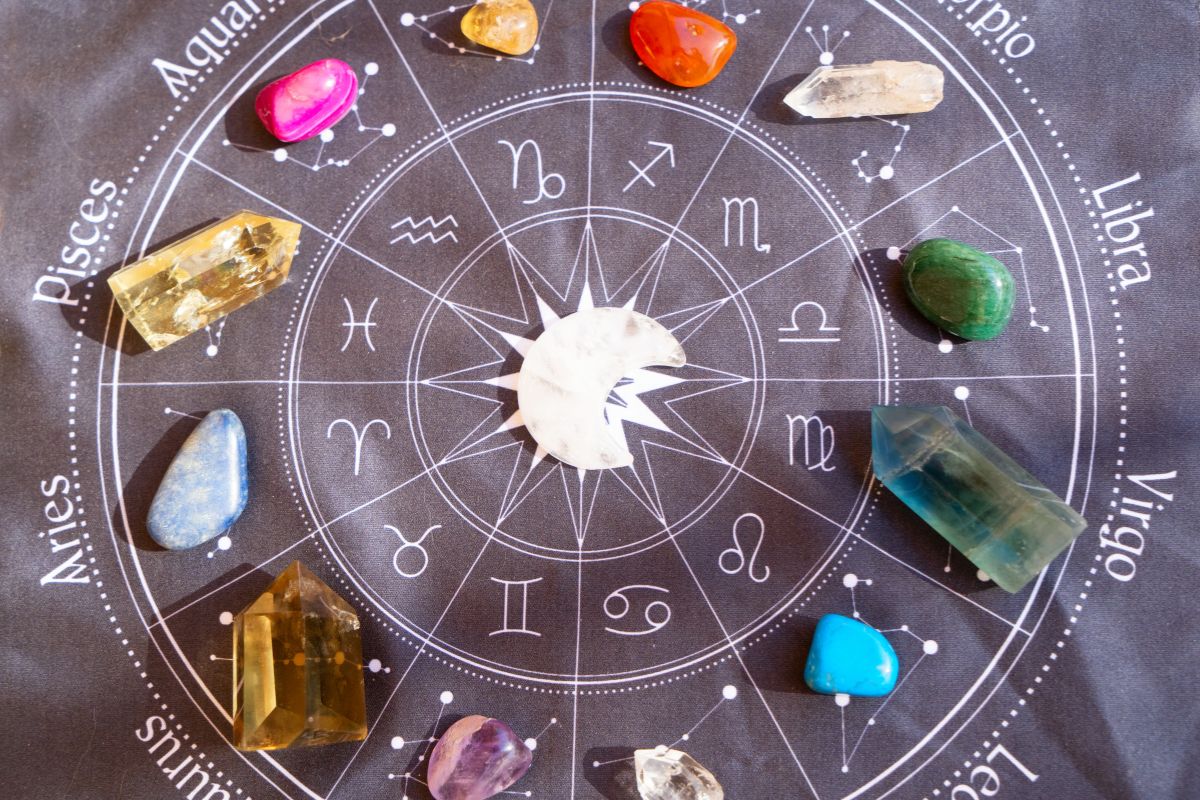
My investigation into the historical origins of birthstones reveals a profound connection with ancient traditions and the modern interpretations that we cherish today. These sparkling jewels have served as talismans and symbols of identity for centuries, with each era bringing its unique perspective to these vibrant gems.
Ancient Connections
The tradition of birthstones is believed to have historical roots dating back to the breastplate of Aaron described in the Book of Exodus, which contained twelve gems representing the twelve tribes of Israel. The idea of each stone carrying a specific symbolism is thought to have been influenced by the works of Flavius Josephus and St. Jerome. These early connections laid the groundwork for later associations between gemstones and zodiac signs, where each month was linked to a particular stone believed to bring good luck or health.
Modern Adaptations
During my research, I discovered that the modern list of birthstones was not standardized until 1912 by the National Association of Jewelers in the USA. This transformation from the ancient zodiac system to one based on calendar months allowed for a clearer understanding of which stone represented a person's birth month. The birthstones we recognize today are more than just symbolism; they reflect personal identity and are widely accepted as appropriate gifts for birthdays and other significant life events.
Zodiac Associations
It's fascinating to see how the zodiac and birthstones remain intertwined. Historically, astrologers believed that each zodiac sign was ruled by a planet, and associated minerals could influence the well-being of individuals born under that sign. In my analysis, I found that Latin terms like "gemma" meaning gem were commonly used in ancient texts discussing the power of these stones. Even now, some people choose their birthstone based on their zodiac sign rather than their birth month, demonstrating the enduring legacy of astrological traditions in choosing talismans to represent ourselves.
Individual Birthstone Characteristics
| Month | Birthstone | Characteristics |
|---|---|---|
| January | Garnet | Symbolizes friendship and trust, brings positivity. |
| February | Amethyst | Associated with peace, courage, and stability. |
| March | Aquamarine | Symbolizes youth, health, and hope. |
| April | Diamond | Symbolizes everlasting love and strength. |
| May | Emerald | Represents love, rebirth, and fertility. |
| June | Pearl | Symbolizes purity, innocence, and integrity. |
| July | Ruby | Represents love, passion, and prosperity. |
| August | Peridot | Brings luck, peace, and success. |
| September | Sapphire | Symbolizes wisdom, loyalty, and nobility. |
| October | Opal | Associated with creativity, spontaneity, and inspiration. |
| November | Topaz | Brings strength, wisdom, and courage. |
| December | Turquoise | Symbolizes protection, healing, and good fortune. |
Birthstones are precious gems associated with each month that are thought to bring luck and protection. Here, I will explore the unique features and historical significance of each monthly birthstone.
Garnet: January
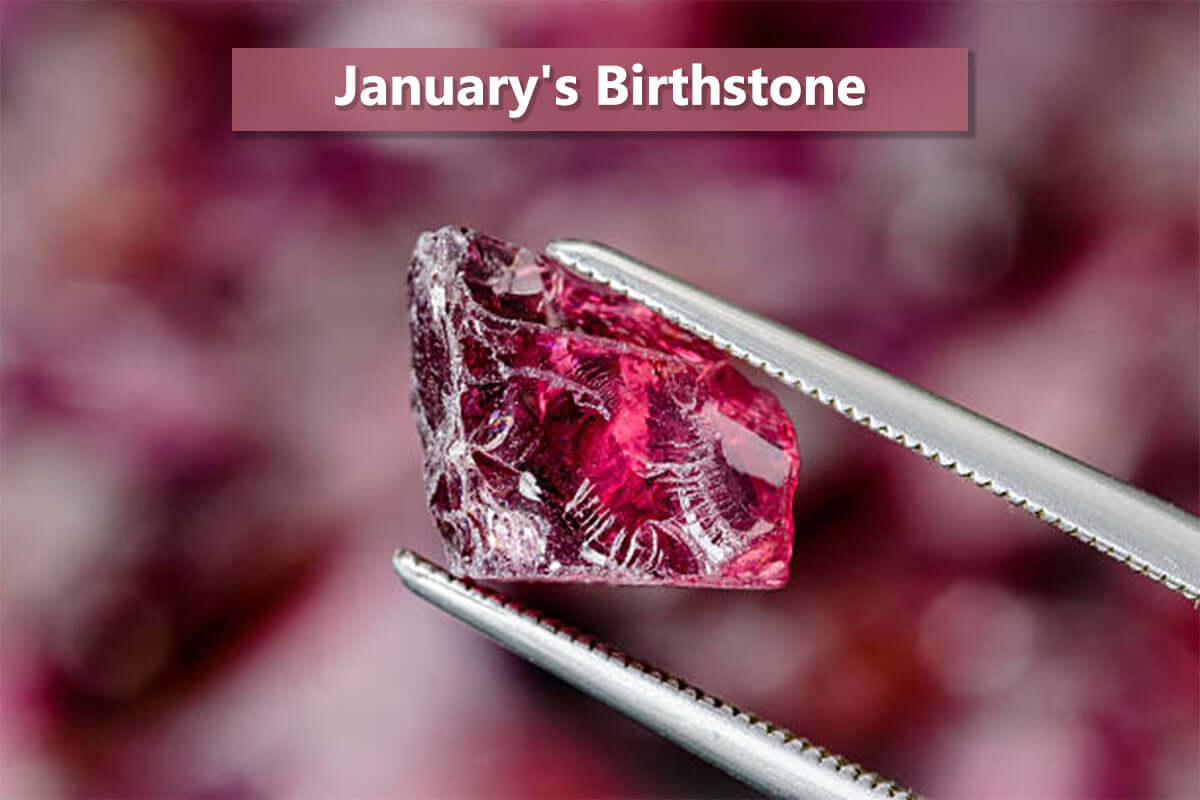
Garnet, the January birthstone, is often celebrated for its rich red color and connections to friendship and trust. Prized since antiquity, my birthstone is said to keep me safe during travel.
Amethyst: February
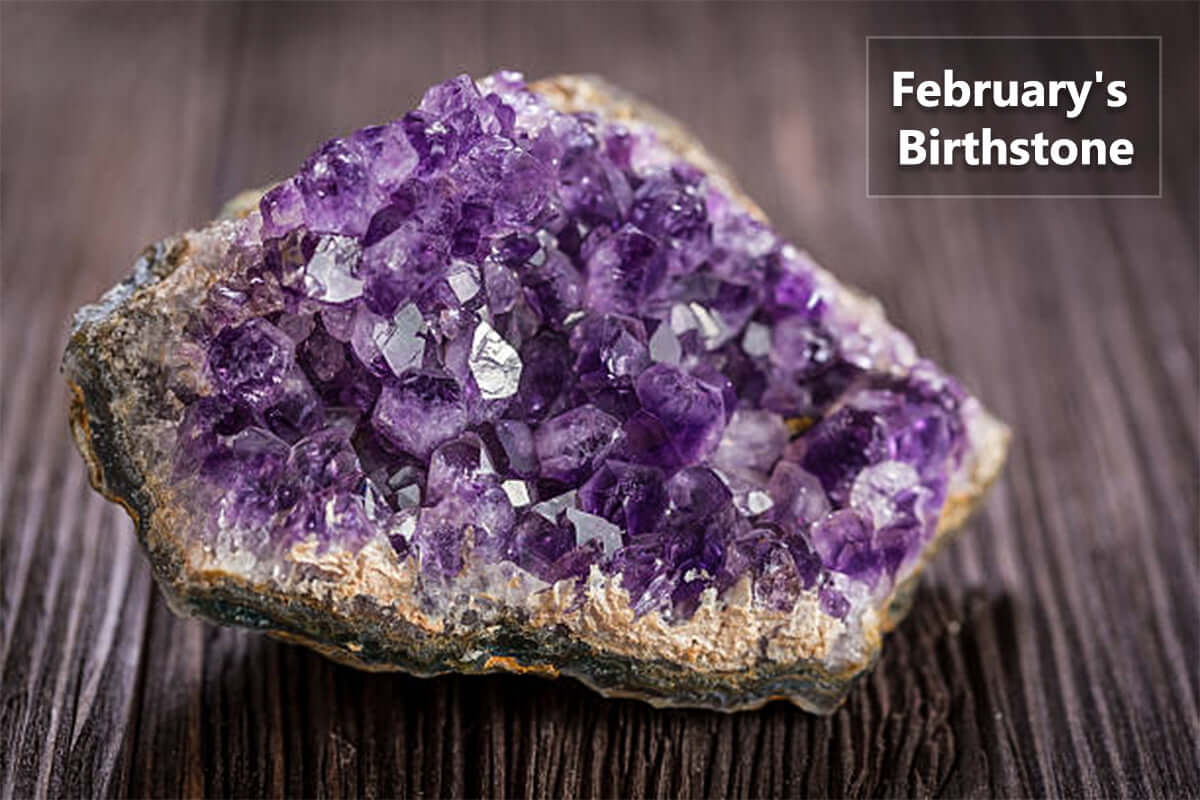
As a February child, my birthstone is Amethyst. This purple quartz is believed to have calming properties that help to balance the mind and offer protection.
Aquamarine: March

Aquamarine, with its serene blue hue, represents my March birthstone. It symbolizes purity and is said to calm waves, making it a talisman for sailors.
Diamond: April
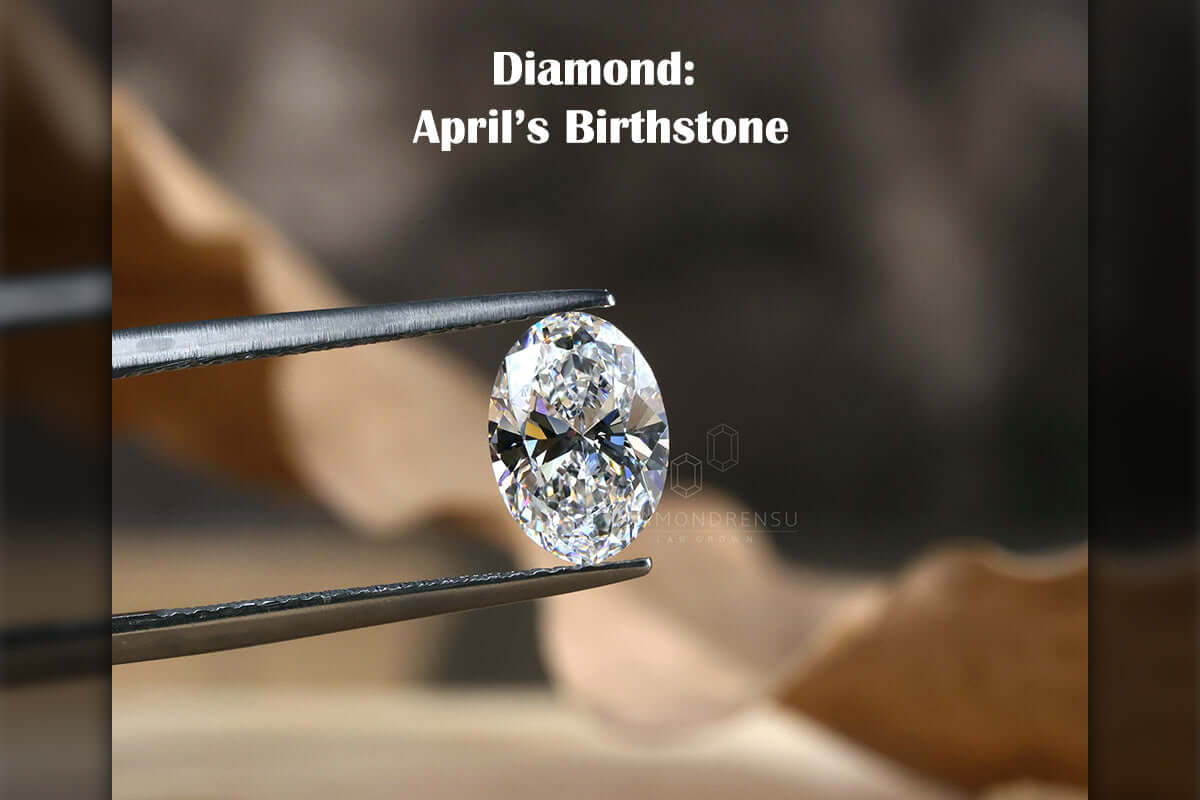
My April peers have Diamond as their birthstone, renowned for its unmatched hardness and brilliance. This symbol of everlasting love also strengthens my bonds and relationships.
Emerald: May

Emerald is my birthstone for May. Its vibrant green shade is a symbol of rebirth and is believed to endow me with foresight, good fortune, and youth.
Pearl & Alexandrite: June
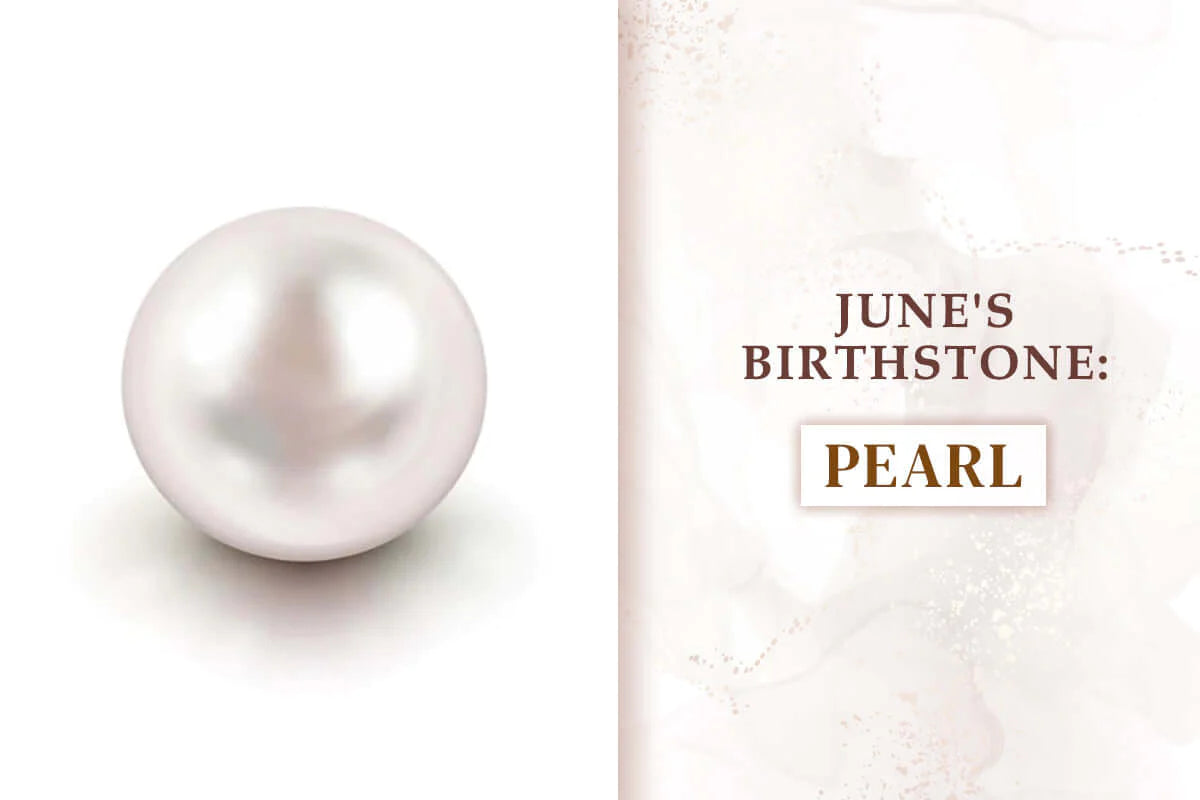
June celebrates two birthstones, Pearl and Alexandrite. Pearls symbolize purity and are unique as the only gems from living creatures. Alexandrite gems are rare and prized for their color-changing ability under different lighting.
Ruby: July
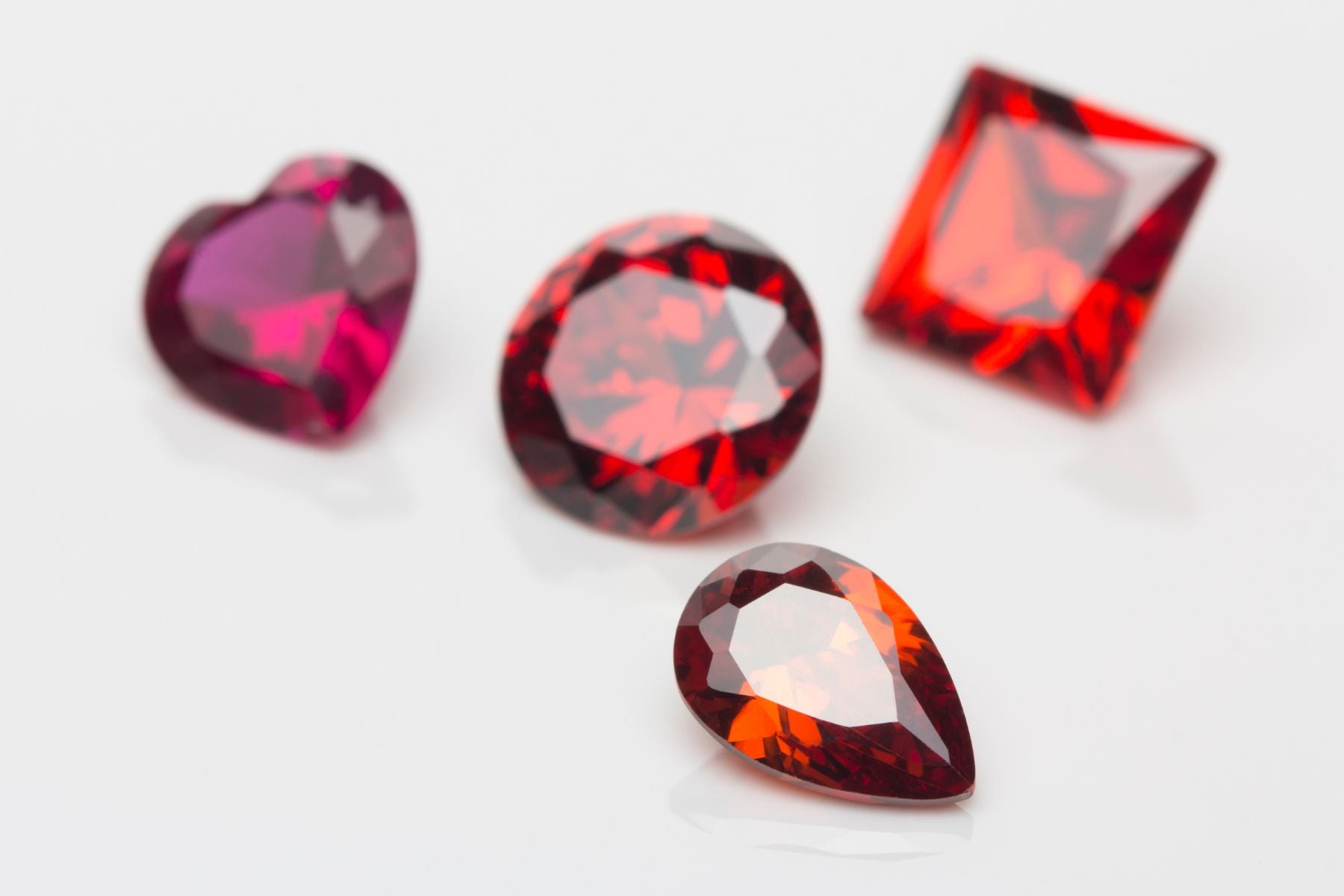
Ruby, my July birthstone, is valued for its deep red color, representing love and passion. This gem is also said to protect my home from storms.
Peridot & Sardonyx: August

My August birthstone, Peridot, glows with a light green hue and is linked to harmony and good health. Sardonyx, a lesser-known stone, is believed to bring bravery and happiness.
Sapphire: September
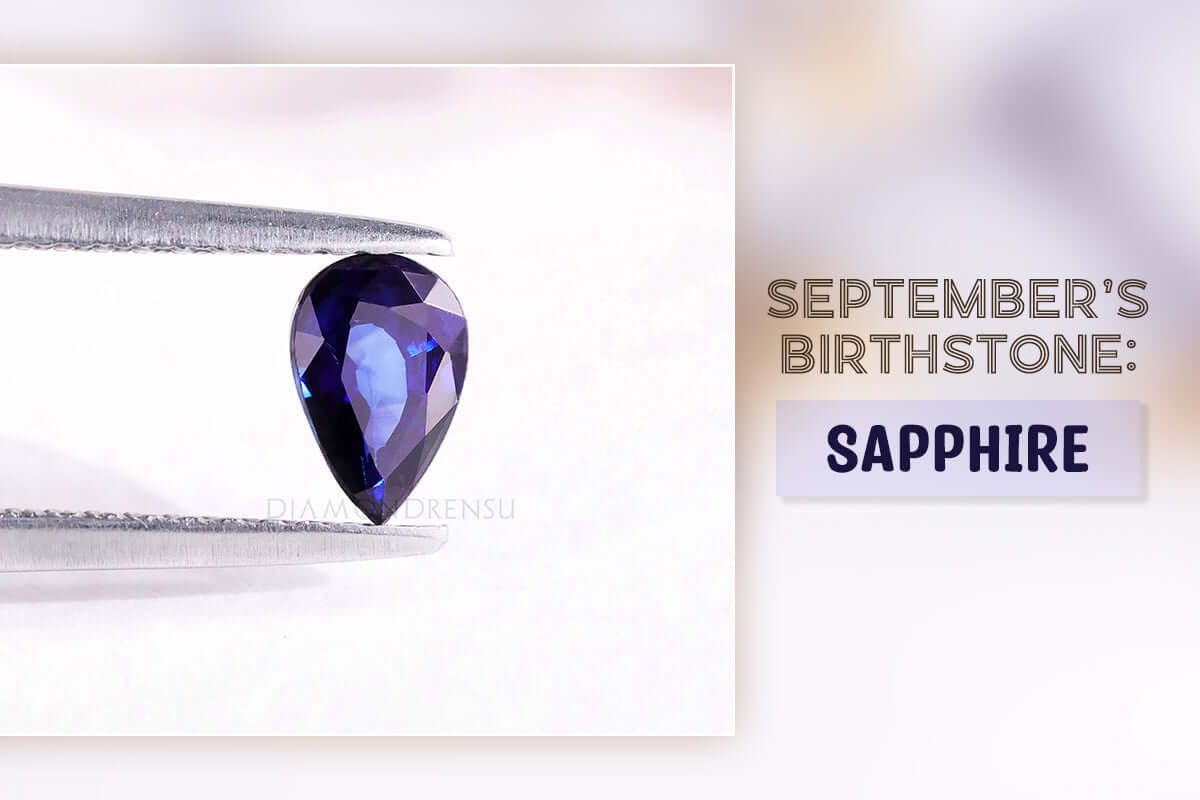
Sapphire, the September birthstone, traditionally symbolizes purity and wisdom. It's a gem that I associate with protection and divine favor.
Opal & Tourmaline: October
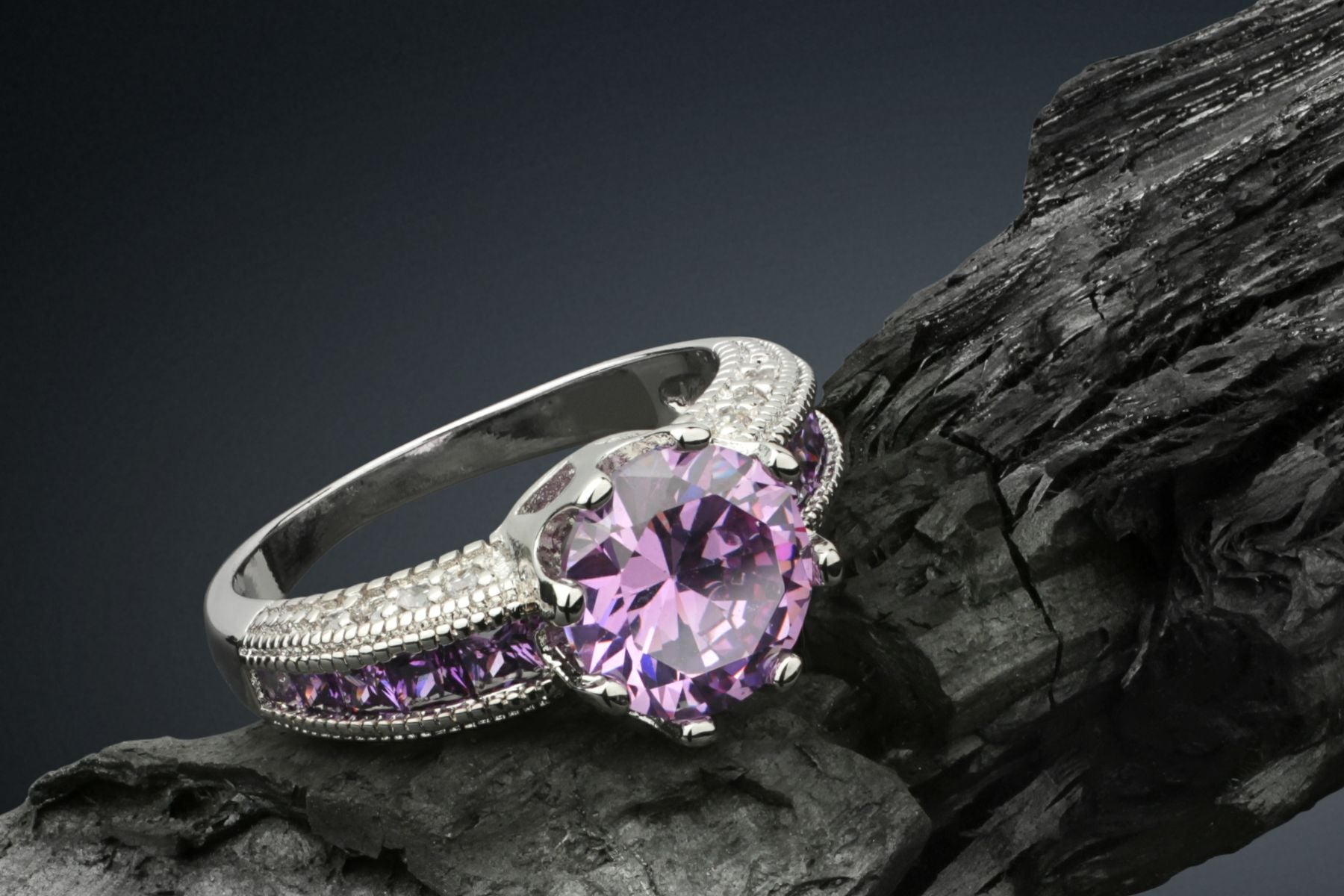
For October, my birthstone choice is between Opal and Tourmaline. Opals are famed for their play of color, while Tourmaline is available in a wide spectrum of colors, symbolizing creativity.
Topaz & Citrine: November
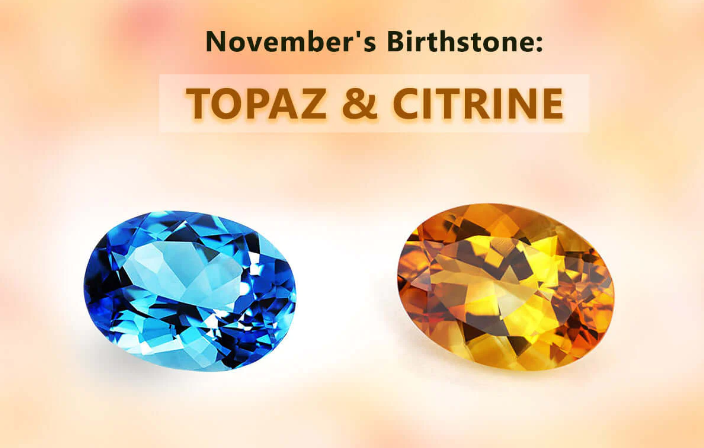
My November birthstone, Topaz, is recognized for its calming energies. Citrine is believed to bring vitality and health, shining with a cheerful yellow to brownish hue.
Tanzanite, Turquoise & Zircon: December
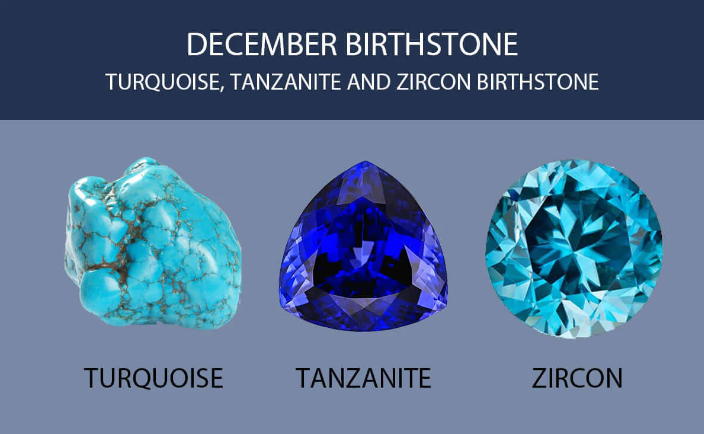
In December, I celebrate Tanzanite, Turquoise, and Zircon as my birthstones. Tanzanite is known for its striking blue-violet color, Turquoise for its ancient protective properties, and Zircon for its range of colors and brilliance.
Gemstone Properties
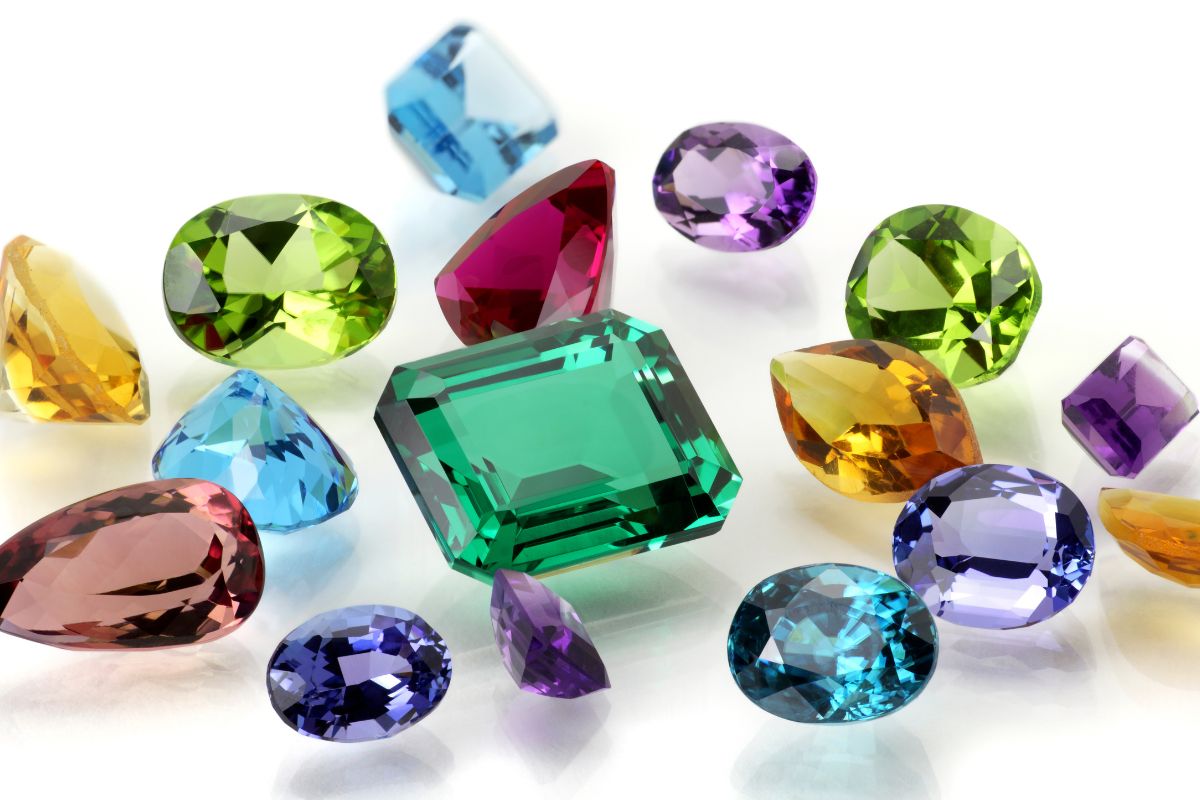
In my exploration of gemstones, I've discovered that their allure is deeply rooted in certain physical characteristics: color variations, clarity, luster, as well as their cut and shape. How I care for and maintain these stones can significantly influence their longevity and beauty.
Color Variations
Gemstones come in an array of colors, each signifying particular qualities. For example, rubies exhibit a deep red color, often associated with passion and strength. Conversely, sapphires can range from blue to violet, embodying wisdom and calmness. Some gemstones like the opal can even display a spectrum of colors, making every piece unique.
Clarity and Luster
The clarity of a gemstone is indicative of its purity and is crucial in determining its value. Inclusions within my birthstone might affect its clarity, but can sometimes add to its uniqueness.
High clarity stones have a brilliant luster, which refers to the way light interacts with the surface. This gives it a sparkling quality that's highly sought after for jewelry.
Cut and Shape
The cut of a gemstone isn't just about fashioning it into a particular shape; it's a skilled practice that enhances the stone's inherent properties.
A masterful cut can maximize the gemstone's play of light. This intensifies its inherent color and clarity, which in turn can amplify its perceived healing and protective powers.
Care and Maintenance
Proper care is essential to maintain the integrity and appearance of my gemstones.
Regular cleaning and safe storage are fundamental. Some gemstones are softer and more prone to scratches, requiring gentler handling.
I ensure to avoid harsh chemicals that could damage them, providing my gemstones with the attention they deserve.
Cultural and Symbolic Meanings
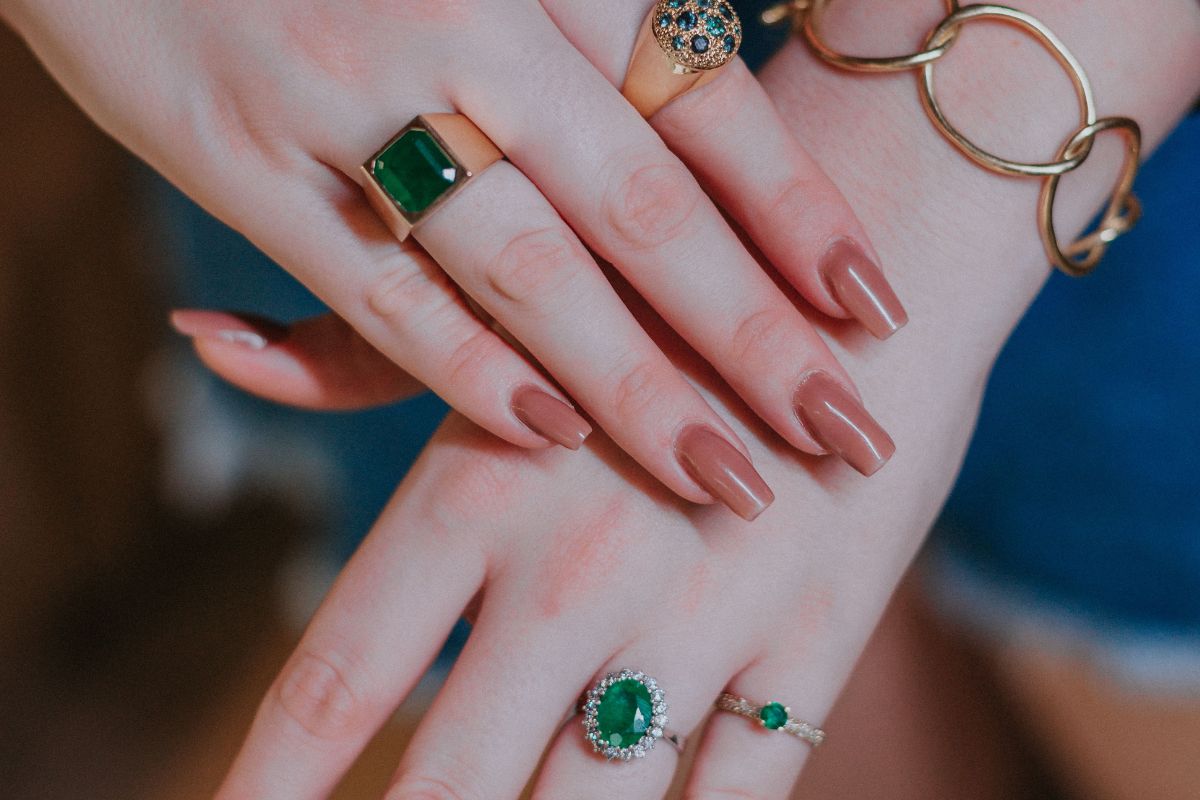
Birthstones are prized for their beauty and the significant meanings they carry. Throughout history, various cultures have believed that these gems bring about specific benefits, such as attracting good fortune or offering protection to the wearer.
Luck and Prosperity
My birthstone is often seen as a magnet for good luck and prosperity.
For instance, people born in May might wear an emerald to attract abundance, as this gem is traditionally linked to wealth and success.
The belief is that wearing my birthstone can serve as a constant source of positive energy and financial well-being.
Love and Affection
In matters of the heart, rubies and pink tourmalines are said to kindle romance and affection.
If my birthstone is a ruby, then I might wear it to signify passionate love or to strengthen emotional bonds, as it's heralded for deepening relationships and encouraging closeness between loved ones.
Strength and Protection
Many birthstones are symbols of strength and protection.
A sapphire, for example, is believed to shield against harm and ill intentions.
By wearing my sapphire birthstone, I'm invoking its protective qualities to guard me from negativity and provide courage during challenging times.
Health and Healing
The healing properties associated with certain birthstones have been a part of their allure for centuries.
For those born in March, the aquamarine is said to promote health and healing, potentially soothing ailments and providing a sense of tranquility.
By choosing to wear my aquamarine, I am seeking to benefit from its restorative energy.
Birthstone Jewelry
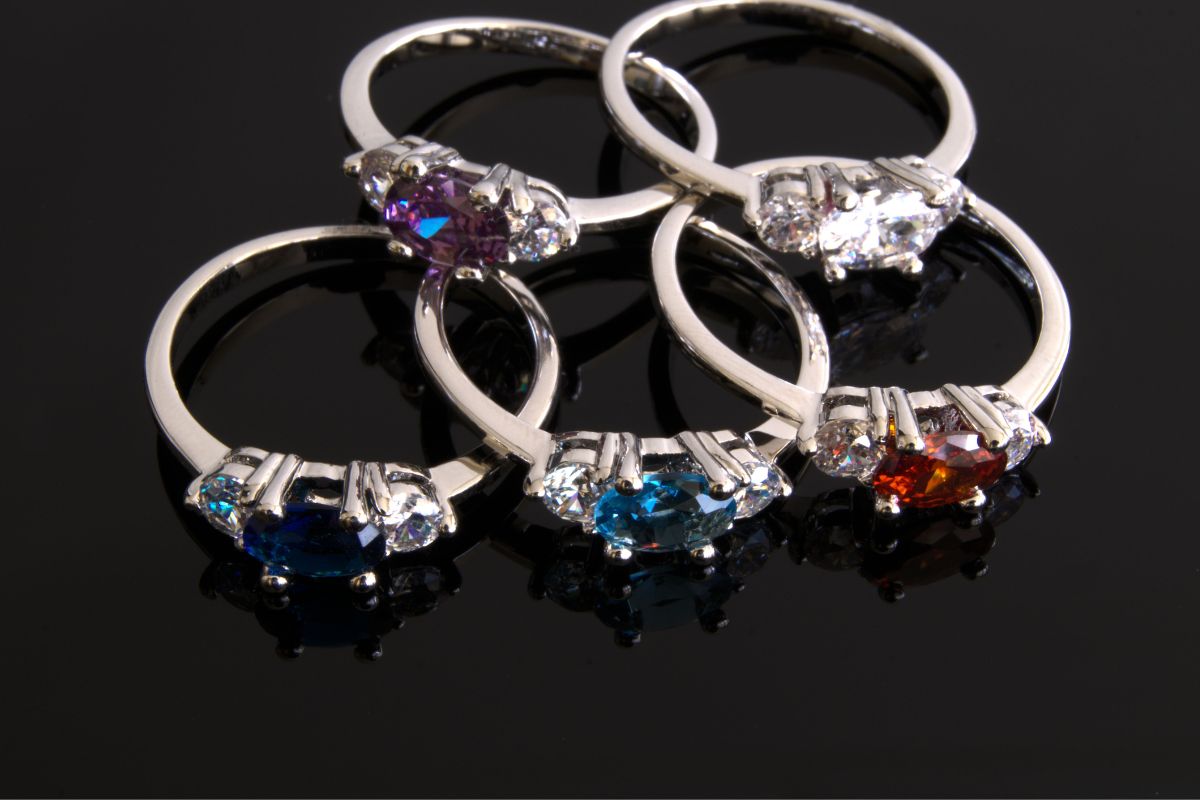
Birthstone jewelry is more than mere adornment; every piece is a personal emblem that resonates with my birth month. This can potentially enhance my style with a deeply individualized touch.
Choosing the Right Birthstone
I consider my birth month to reveal the birthstone associated with it, each gem holding its own significance and historical lore.
For example, if I am born in July, my birthstone is the ruby, a symbol of vitality and passion.
When selecting a birthstone, it’s essential for me to consider not only the gem’s aesthetics but also its purported properties and meanings. This helps me find the one that resonates deeply with my individual identity.
Types of Jewelry
My birthstone can be set into various types of jewelry including rings, earrings, pendants, and bracelets.
The metal setting is also an important consideration; gold is a classic option that I might choose for its timeless appeal, and it comes in multiple purity levels such as 14k and 18k.
Silver and platinum are also popular choices, each adding a distinct look to the birthstone jewelry piece.
Customization and Personalization
To make my birthstone jewelry uniquely mine, I seek out customization and personalization options.
Engraving my name or an important date on a gold birthstone ring adds a level of personal significance.
I can also design a piece with a jeweler to create a one-of-a-kind item that perfectly fits my taste and style. This ensures every detail from the cut of the stone to the design of the setting is a reflection of my persona.
Caring for Your Birthstone
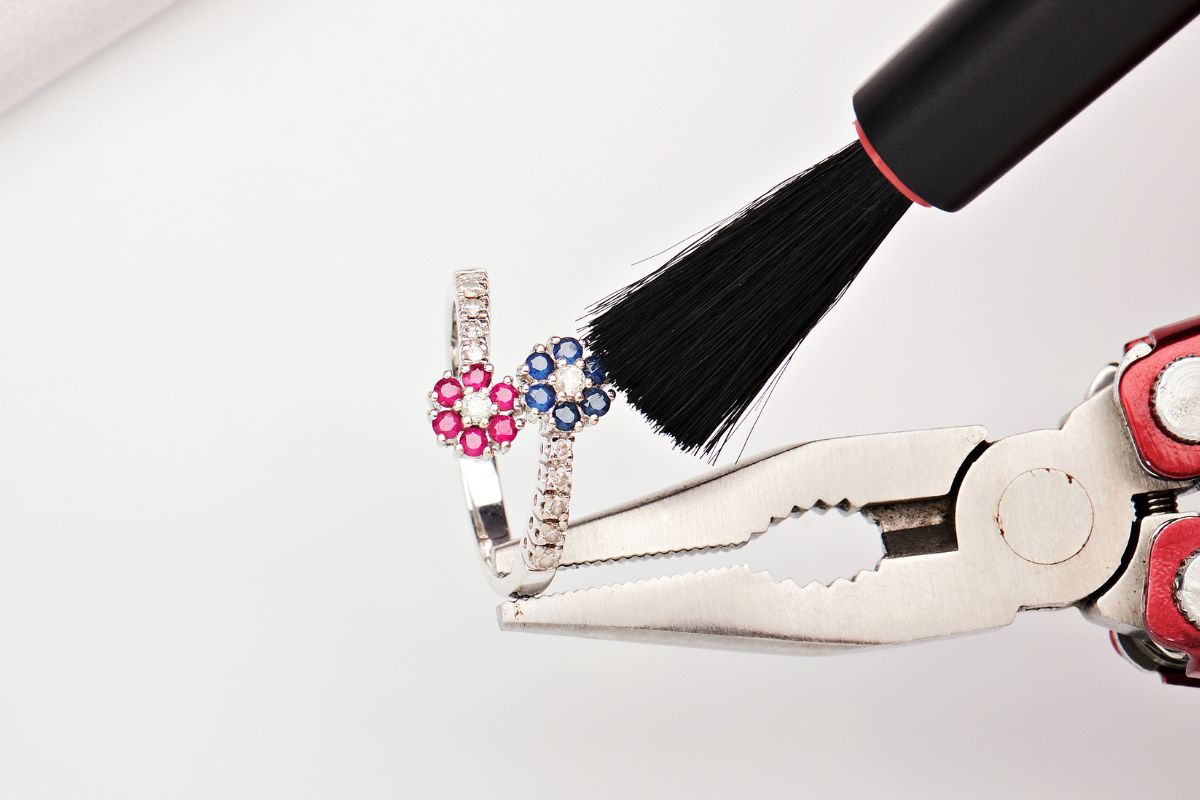
Taking care of my birthstone is essential to maintain its shine, value, and durability.
Proper cleaning, storage, and regular check-ups with a professional are three key practices to keep my gemstone jewelry looking its best.
Cleaning Tips
Gemstones: I need to clean my birthstone regularly to preserve its luster.
For hard stones like diamonds, rubies, and sapphires, I use a soft toothbrush and warm soapy water to gently scrub away any dirt. However, for softer stones like opals or pearls, a damp cloth is enough to wipe the surface clean.
- Diamonds, Rubies, Sapphires:
- Soak in warm soapy water
- Use a soft toothbrush to clean
- Opals, Pearls:
- Wipe with a damp cloth
- Avoid harsh chemicals
Storage Solutions
Ensuring that my birthstone doesn't get scratched or damaged when I'm not wearing it is crucial.
- Separate Compartments: To prevent my gemstones from scratching each other.
- Soft Pouch: For individual pieces, especially delicate materials.
- Dry Environment: To avoid damage from humidity or temperature changes.
Professional Maintenance
I believe in the importance of education when it comes to the care and maintenance of my birthstone jewelry.
I visit a professional jeweler at least once a year to ensure that the settings are secure and the stones are not loose.
This love and attention to detail guarantee that my birthstone remains a symbol of beauty and durability.
Birthstone Availability and Sourcing
When considering birthstones, two critical aspects are my focus: their ethical sourcing and market availability.
I ensure that these beautiful gemstones contribute positively to both individual lives and the communities that mine them.
Ethical Sourcing
I am committed to ensuring that the gemstones I consider are sourced responsibly.
Ethical sourcing means that there is a clear chain of custody from the mine to the market, ensuring that all involved, including the environment, are respected and protected.
For example, the process should support local communities and adhere to strict labor laws.
The tradition of birthstones dates back centuries, so it's paramount that the wealth they create is not at the expense of human rights or the environment.
Market Availability
I acknowledge that birthstones, such as sapphires for September or diamonds for April, vary in availability based on several factors including mine production and global demand.
Market availability fluctuates, influencing both price and accessibility.
For instance, while Colorado is a significant source of topaz, other stones like rubies might come from across the globe, affecting their availability.
I stay informed on these dynamics to provide the most accurate information regarding the ease of obtaining these symbols of wealth, success, education, and protection.
Conclusion
In the exploration of birthstones, I've uncovered the significant role they play in cultural and personal expressions. Each birthstone is unique, connected to a specific month and holding its own symbolism and historical significance.
For those born in February, the amethyst is tied to qualities of peace and courage. You can find a discussion of one’s personal connection to their gemstone in the memoir-inspired source. Those intrigued by the amethyst's charm can ponder its significance in "Unspeakable: My Father's Suicide and a Childhood Memoir."
Birthstones can serve as enduring tokens of one's birth month or as vibrant expressions of personality and preference. Engaging activities, like the birthstone project in a classroom setting, enable individuals to cultivate an appreciation for these gems. You can learn more about this in the research on inquiry-based learning, which can be explored further here.
References
When searching for the significance and history associated with my birthstone, I discovered that birthstones carry unique meanings and historical connections. Birthstones are often worn as jewelry and are thought to bring various benefits, like luck or health to individuals born in their respective months.
-
Peridot: Often referred to as the "gem of the sun," peridot is believed to possess healing properties and is associated with my birth month of August. You can find one account of this sparkling gem in the artistic sphere, where a piece titled "Codes of Interaction" uses kelly-green glitter to symbolize peridot within a personal reference to the artist's birthplace.
-
Topaz: As for those born in November, the golden hues of topaz represent warmth and calmness. Educational approaches such as incorporating poetry when teaching about minerals have noted that learning about one's own birthstone, like topaz, can be both engaging and informative.
-
Opal: While October's birthstone, opal, has faced its share of superstition, it maintains a unique allure with its spectrum of vibrant colors. Folklores that surround the stone, akin to those discussed in the Harry Potter septology, underscore its mythic status.
-
Zircon: December babies are represented by zircon, which, in some accounts, holds a place in personal histories as much as in jewelry settings. A study on memorable gifts hints at how zircon can embody personal significance beyond its aesthetic value.
The table below summarizes these birthstones and their respective symbolic meanings:
|
Month |
Birthstone |
Symbolism |
|
August |
Peridot |
Healing, Compassion |
|
November |
Topaz |
Warmth, Calmness |
|
Opal |
Creativity, Confidence |
|
|
December |
Zircon |
Wisdom, Prosperity |
These fragments of information piece together both personal and cultural significance, painting a narrative where gemstones are more than just pretty adornments; they are markers of identity and tradition.
Also Read
Frequently Asked Questions
In this section, I'll address some of the most common inquiries about finding and understanding birthstones.
How can I determine my birthstone based on my birth month?
You can determine your birthstone by simply matching your birth month with the designated gemstone. Each month has one or more gemstones associated with it, traditionally believed to bring good fortune to those born in that month.
What are the birthstones for each month?
January's birthstone is garnet, February has amethyst, March is represented by aquamarine, April's stone is diamond, May corresponds to emerald, June is pearl or alexandrite, for July it's ruby, August is peridot or spinel, September’s stone is sapphire, October has opal or tourmaline, November’s gems are topaz or citrine, and December boasts turquoise, zircon, or tanzanite.
How can I find out what my birthstone is using Indian astrology?
In Indian astrology, also known as Vedic astrology, birthstones are determined by the position of celestial bodies at the time of your birth. Consulting a well-versed astrologer or looking up your birth chart can help you identify your birthstone according to Indian astrology.
Are there specific birthstones associated with Hindu tradition?
Yes, in Hindu tradition, certain gemstones are associated with specific planets and zodiac signs. These birthstones are believed to influence various aspects of life and wellbeing, and their selection is often guided by an astrologer.
Which months are represented by more than one birthstone?
Several months have more than one birthstone, offering a variety of choices. These months include June with pearl and alexandrite, August with peridot and spinel, October with opal and tourmaline, and December's turquoise, zircon, and tanzanite.
What is considered to be the rarest birthstone?
Alexandrite is often considered the rarest birthstone. It is a unique gem due to its chameleon-like quality. It changes color under different lighting conditions, typically green in daylight and red in incandescent light. It is one of the birthstones for June.
Checkout some of our top collections:










